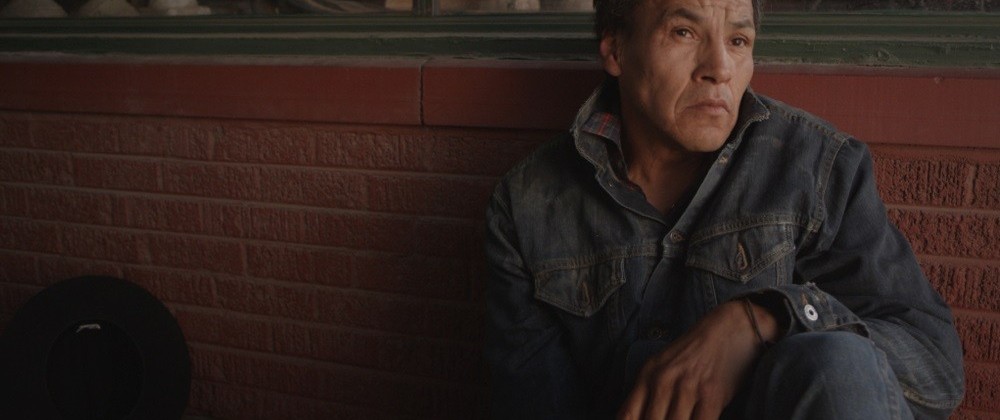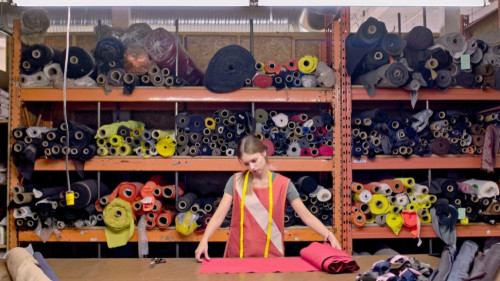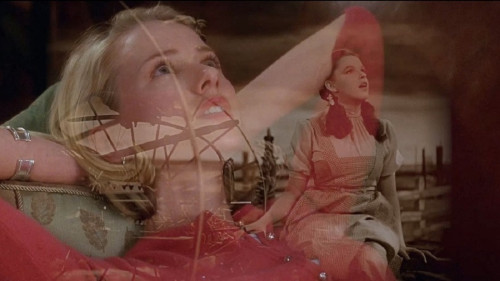Volume 21, Issue 6 / June 2017
Cinemas of Diversity
In this issue
-
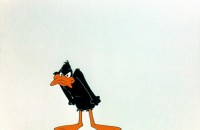
Daffy Duck, or: The Generous Writer
-
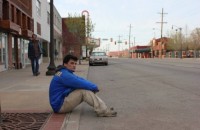
Mekko: A Drifter’s Tale of Longing For Home
Directed by Sterlin Harjo
-

In Dreams and Realities Begin Conflicts and Resolutions: Poitier Revisited and Contemporary Black American Cinema
An Internet Interview with Film Scholar Mia Mask
-

Remember This House, and These Men: Abraham Lincoln (Young Mr. Lincoln), Barack Obama (Southside with You), and the Refusal of Reconciliation
-

Sofia Coppola: A Cinema of Girlhood
Review of Book by Fiona Handyside
The immigrant experience. The African-American experience. The First Nations experience. The experiences of teenage girls. Diverse experiences. This issue places its focus on the great diversity of voices that are too often stifled across North American cinema. Diversity in film may mean a lot of things to different people, but for the purposes of this issue I take it to mean a film in which the narrative is not spearheaded by or concerned with the goals and ambitions of a white male character. Commercial cinema in North American, and (far less so) Europe, has for decades seen the Narrative channeling the goals and desires of a white male character, often with a white female character by his side. With the exception of our opening essay, whose film in discussion has no humans in it at all, this will not be the case in this month’s issue. The issue begins on a seemingly inappropriate animation classic Duck Amuck. Chuck Jones’ brilliant anti-illusion animation short Duck Amuck (1953) has worked its way to the top of the animation heap. A time-less meta-narrative classic that has entertained young and old for decades and has served for many teachers as an ideal case study of films that “break the 4th wall.” Offscreen welcomes writer, filmmaker, publisher and translator Antonio D’Alfonso, who ‘translates’ this comic wonder through his own ‘hyphenated’ identity (Canadian-Italian or Italian-Canadian?) and career as a publisher/translator to read it as an allegory for the immigrant experience. Yes you heard that right: Daffy Duck as an allegory for the immigrant experience. You may never see Duck Amuck with the same eyes again. Of the many films recommended to me by my good friend Nicolas Renaud from the selection of films he programmed at the 2016 Montreal First Peoples Festival, one that stood out for me was the Seminole Creek filmmaker Sterlin Harjo’s third feature film, Mekko. The film deals with the titular character’s attempt to return to civilian life after a jail sentence and the motley community of (mainly Native) homeless people he becomes a part of in the streets of Tulsa, Oklahoma. Across his two articles Daniel Garrett takes us through varied viewpoints on the African American experience. In the first piece Garrett engages African-American film scholar Mia Mask in an interview that covers her many writing and research interests, including black women in film, the career and import of Sidney Poiter, the Western genre, and, more specifically speaking, representations of black characters during the “Obama age.” The brief discussion of Obama informs Garrett’s next article, a multi-film review which, through juxtaposition, forms a lineage between President Abraham Lincoln and President Barack Obama predicated on, to quote author Garrett, “presidential power and responsibility — and how Lincoln, Obama, and other presidents were able to do significant things despite opposition, things that an activist or preacher or writer cannot do.” Garrett’s article reviews two films depicting the life of Abraham Lincoln (Young Mr. Lincoln, 1939 by John Ford and Lincoln, 2012, Steven Spielberg) and three films about Obama (Barry, Vikram Gandhi, 2016, Southside with You, Richard Tanne, 2016, and Barack Obama, Biography channel, 2008). Although it is far too early to assess the legacy of former US president Barack Obama, the Nation’s abrupt change in direction signaled by the recent election of Donald Trump suggests it is as good a time as any to start the assessing. The final article sees Elaine Lennon review a recent book on Sofia Coppola by Fiona Handyside, Sofia Coppola: A Cinema of Girlhood. Coppola’s films have consistently portrayed wistful, soulful and contemplative worlds populated by girls and young women caught in emotional turmoil (or sometimes emotional atrophy). In this book length study Lennon reveals how Handyside views the films of Coppola within the field of girlhood studies and that in her films (quoting Handyside) “girlhood is a place of fantasy, experimentation, evasion, transcendence, standing not temporally before womanhood but rather alongside it.” (Donato Totaro, ed.)

